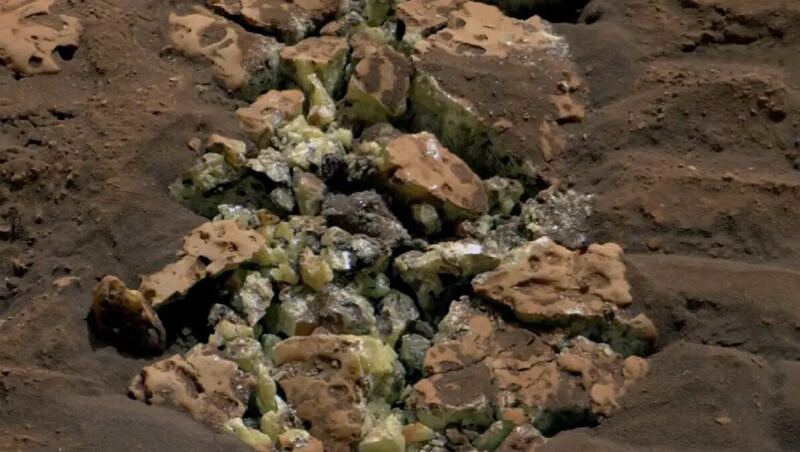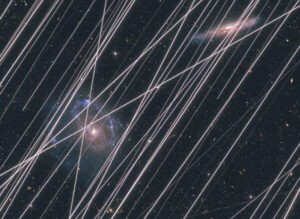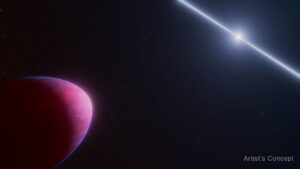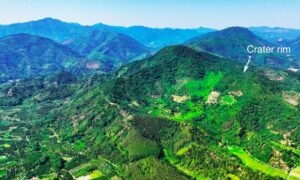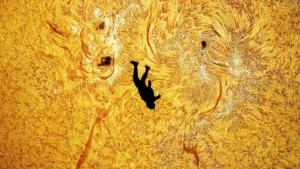Earlier this year, the Curiosity Rover accidentally rolled over a rock on Mars. As it cracked open, it revealed yellow crystals of pure sulfur. NASA says it’s the strangest find of the entire Curiosity project.
The little rover has explored the Gale Crater since 2012. It has found sulfur several times but always combined with something else. White calcium sulfate, for example, is fairly common in surface cracks. The salts formed when ancient water evaporated. But pure sulfur has never been seen before.
“[It’s] like finding an oasis in the desert,” said Curiosity’s project scientist, Ashwin Vasavada of NASA. “It shouldn’t be there, so now we have to explain it. Discovering strange and unexpected things is what makes planetary exploration so exciting.”
Curiosity stumbled across the small rock in the Gediz Vallis channel that winds down Mount Sharp. At first, the rock looked ordinary enough. But when broken open, the distinctive crystals appeared.
Other rocks in the area looked similar to the one that accidentally cracked open. Curiosity rolled over another and drilled into it. Once again, gleaming yellow crystals fell out. It seems that this part of Mars abounds in pure sulfur. An instrument on the rover’s arm confirmed the identity of the crystals.
Evidence of past life?
Scientists have always thought that elemental sulfur might exist on Mars, but this is the first time it has been confirmed. How the sulfur crystals relate to other sulfur-containing minerals on the planet remains unclear.
Pure sulfur only forms under specific conditions that have never been associated with this region on Mars.
Sulfur is essential for life. Sulfates are needed to make two amino acids that living things use to form proteins. This is the latest in a string of discoveries that make it more and more plausible that microbial life may have existed on Mars.
